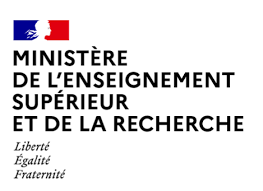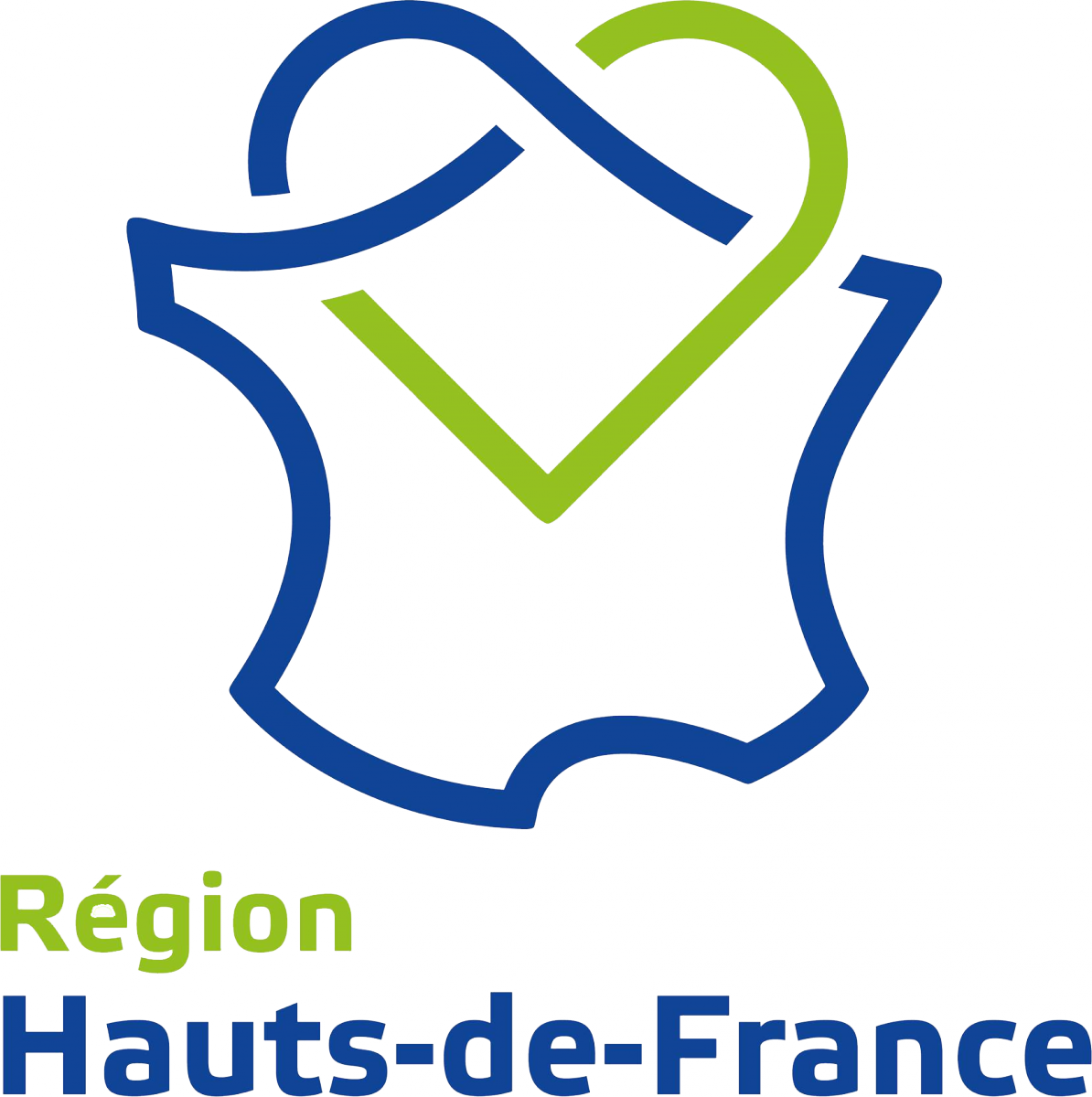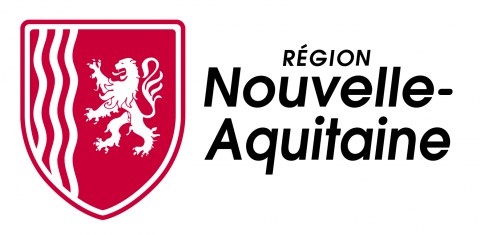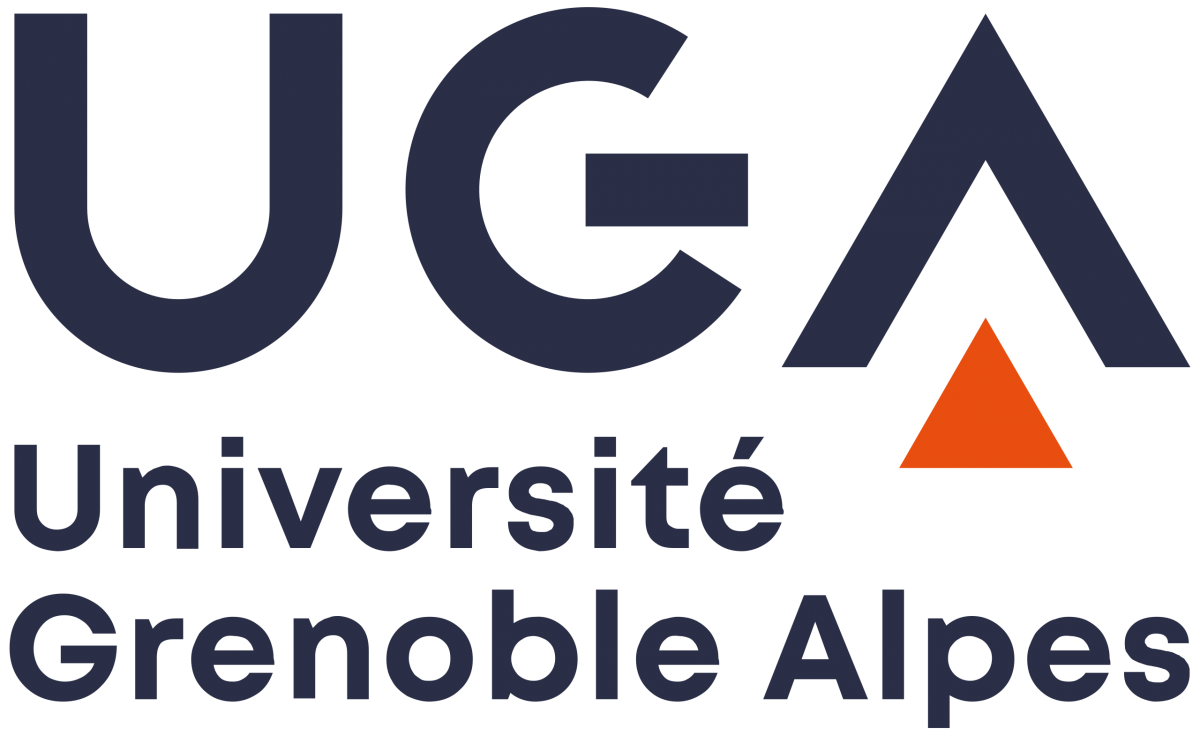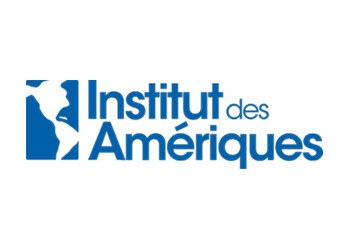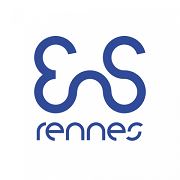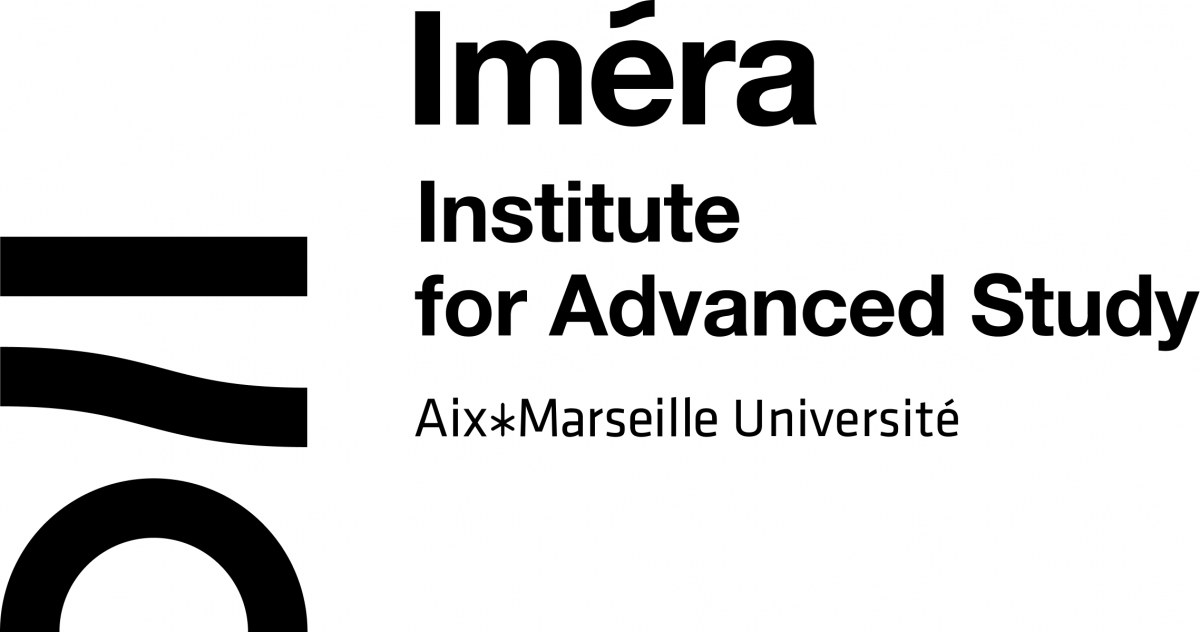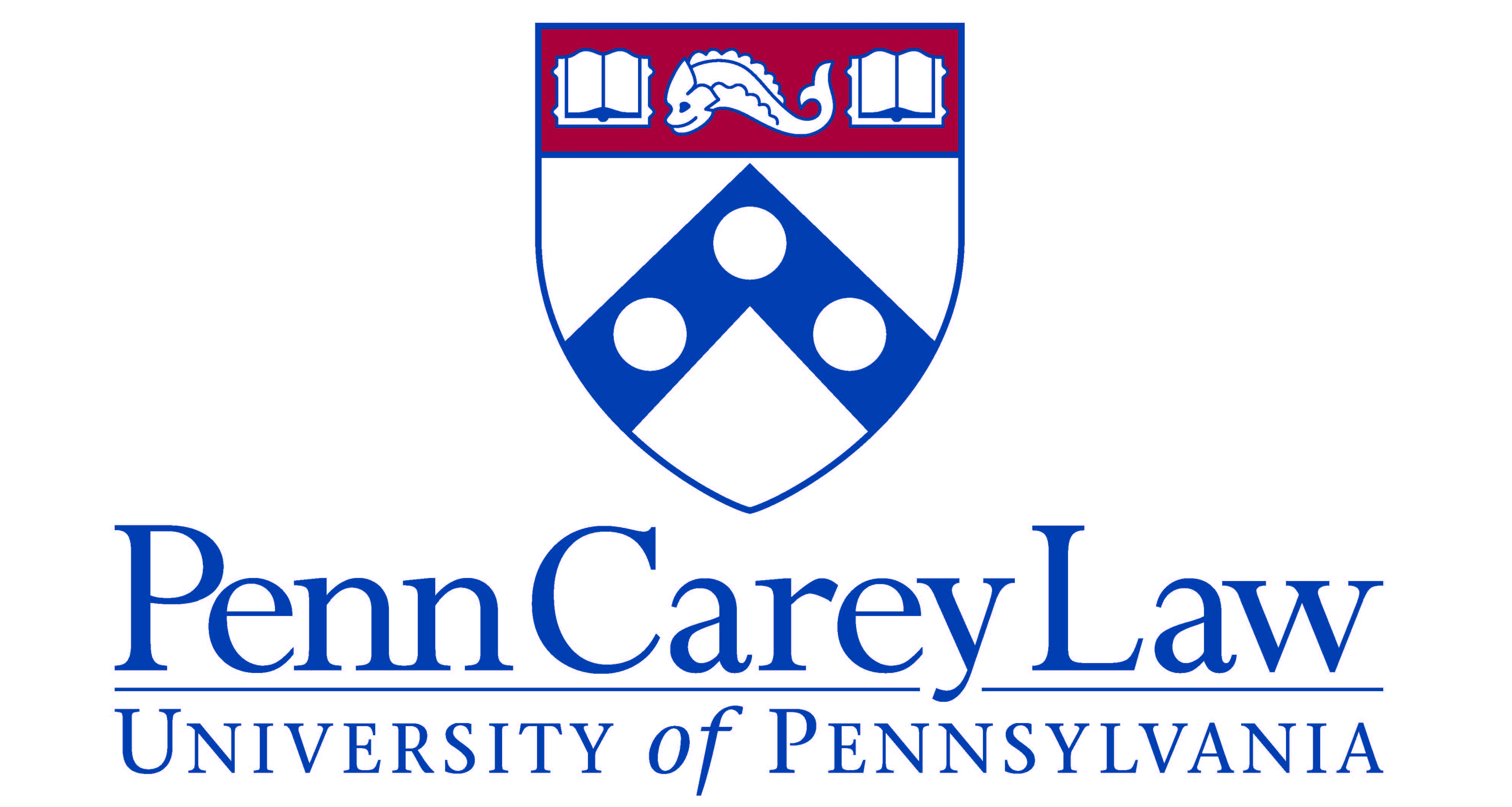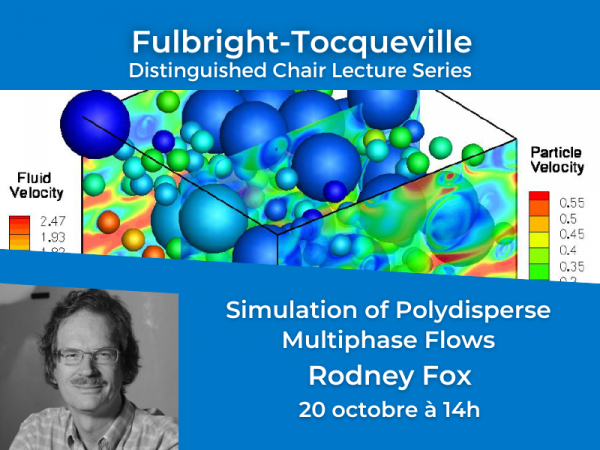
20 octobre à 14h
CentraleSupélec, Amphi Peugeot
Conférence en anglais, Entrée libre
Professeur en chimie de Iowa State University, accueilli comme Chaire Tocqueville par CentraleSupélec, Rodney Fox invite le grand public à découvrir ses recherches sur la modélisation des flux.
Polydisperse multiphase flows arise in numerous environmental and technological applications. In particular, nearly all the envisioned renewable and carbon-free energy sources involve a polydisperse multiphase in some system-critical aspect. For example, green hydrogen production by alkaline electrolysis produces a bubbly flow that must be carefully optimized to maximize process efficiency by reducing electrical resistances. Numerical simulation plays an important role in system design and optimization. Multiphase flow simulations can be categorized into three distinct classes: (1) microscale or direct-numerical simulations, (2) mesoscale or discrete particle models, and (3) macroscale or two-fluid models. In practice, these classes are complementary, providing information at separate length and time scales that is required to close models at larger scales. In this presentation, I will describe the specific challenges of developing macroscale two-fluid models that are physically consistent with the micro/mesoscale descriptions. Using examples from energy-related applications, I will focus on the progress and challenges of simulating two-phase flows where the disperse phase (solid particle, bubbles) is polydisperse (e.g., a wide distribution of sizes) and the continuous phase is a Newtonian fluid (e.g., gas or liquid).



